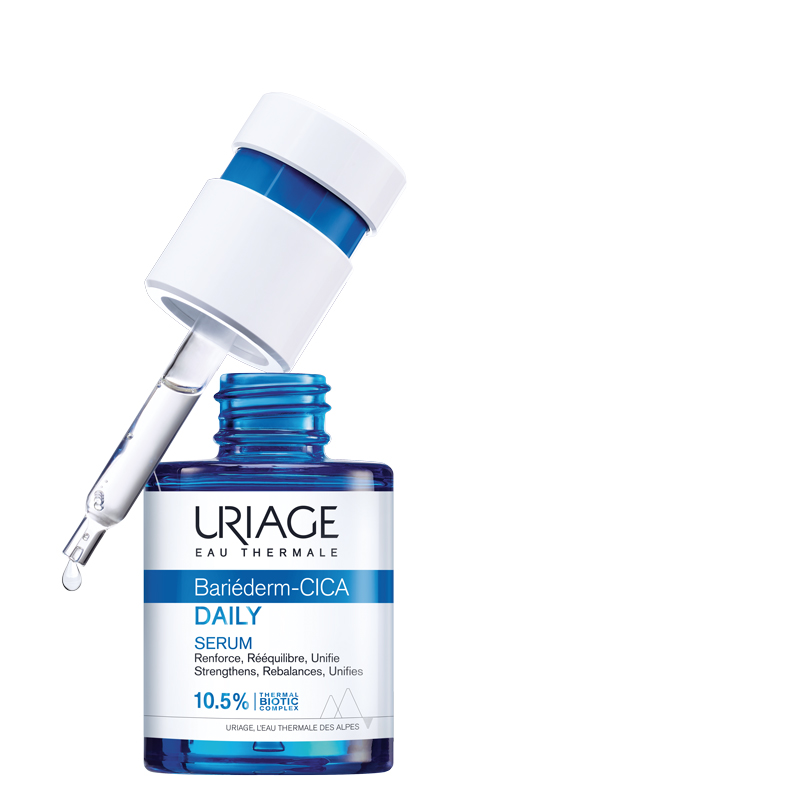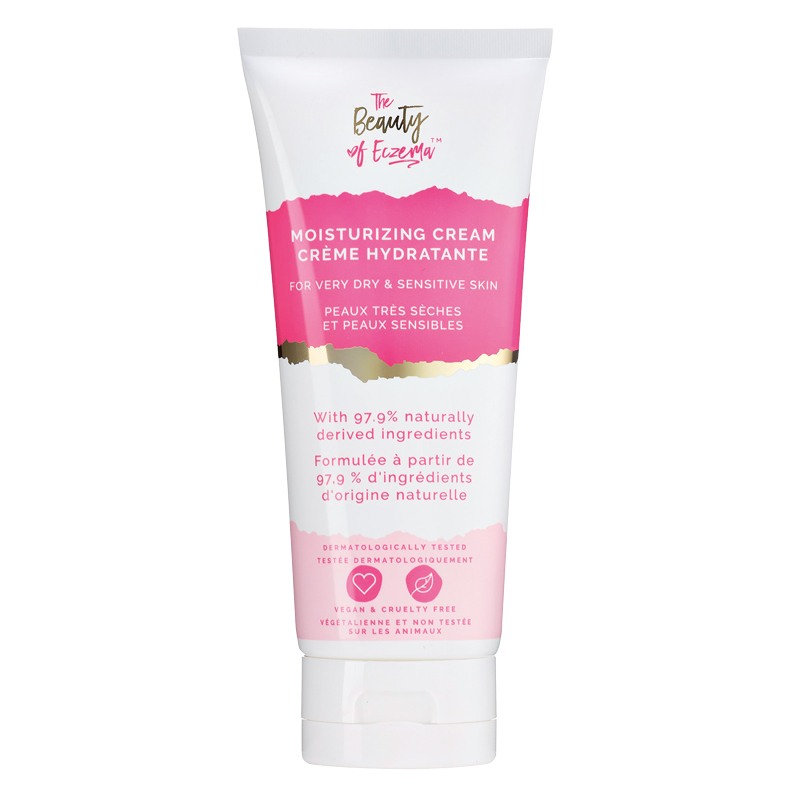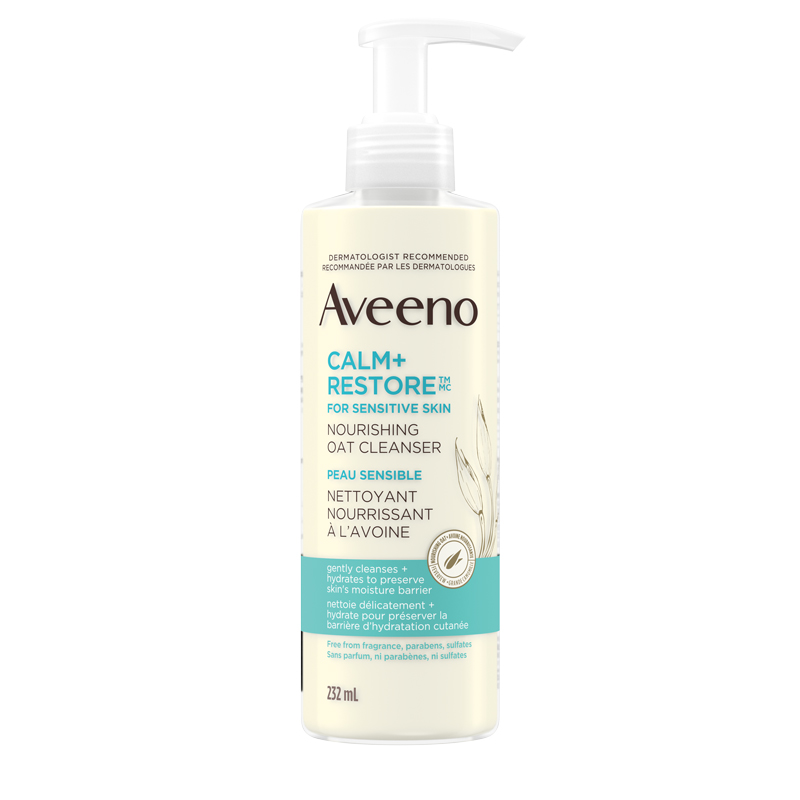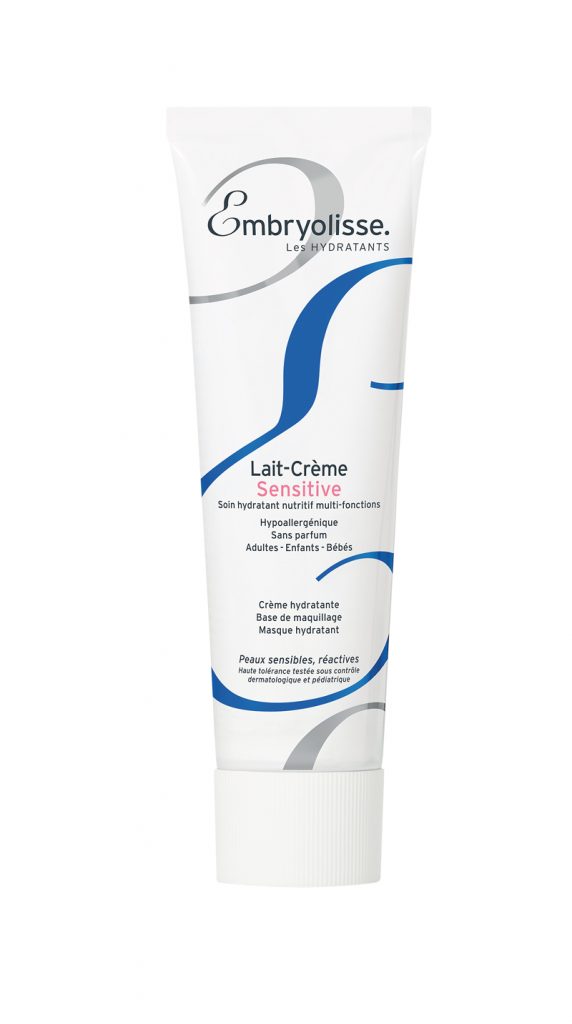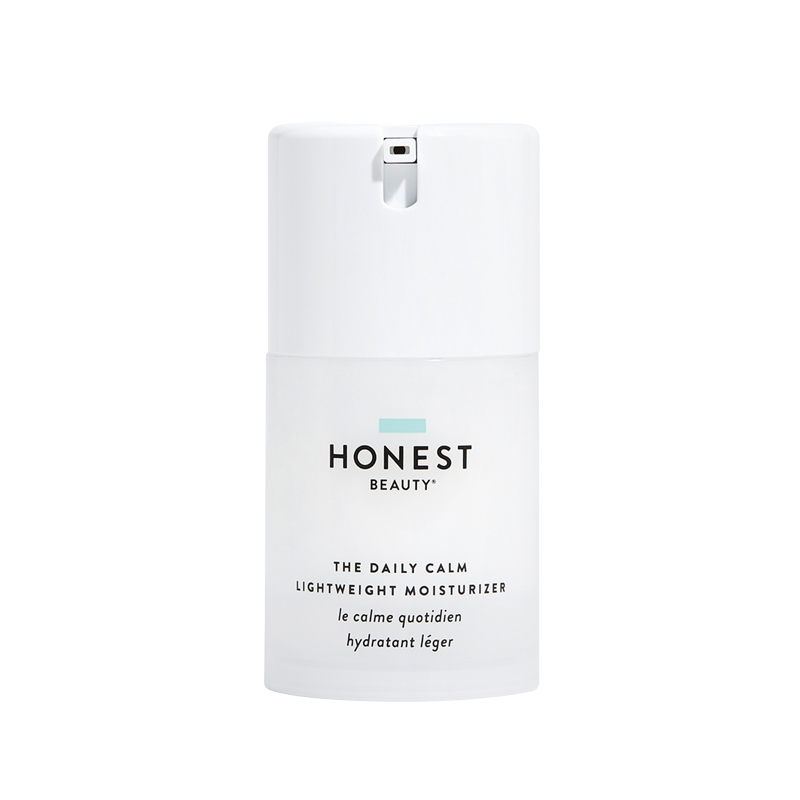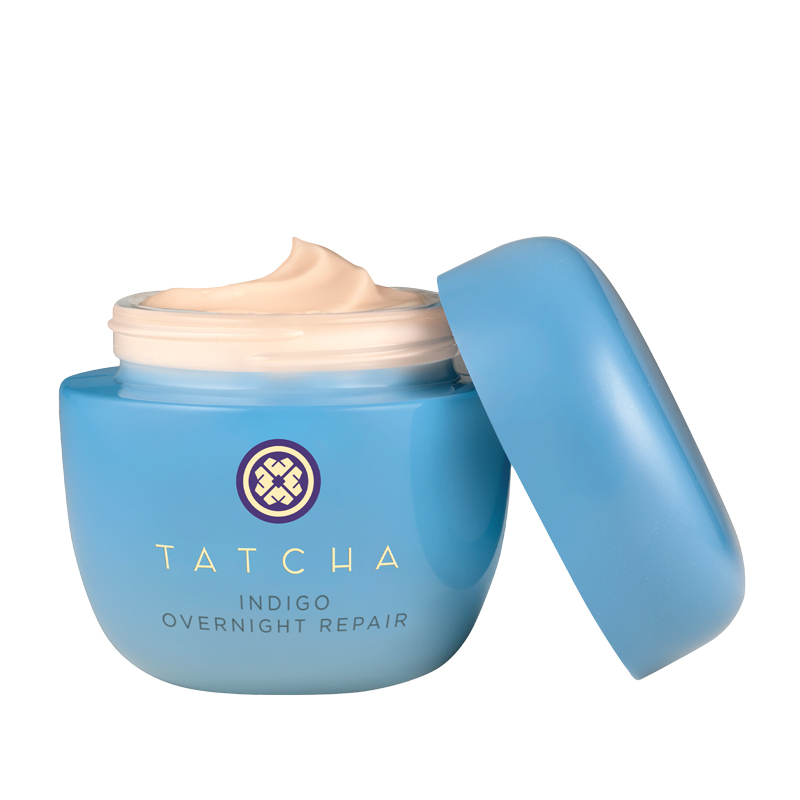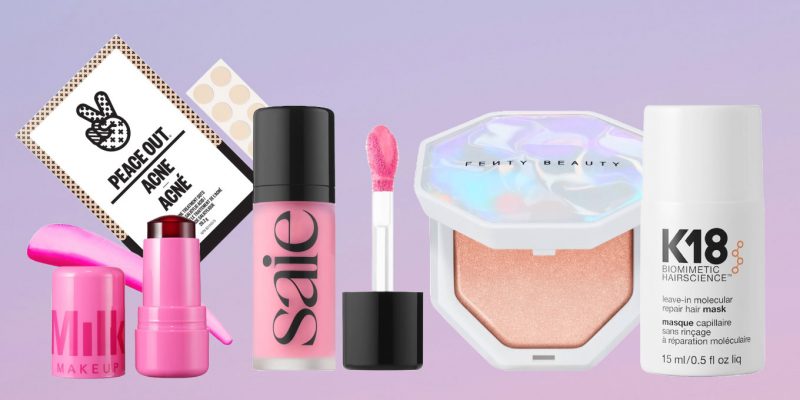Skincare
How to Care for Sensitive Skin
Struggling with sensitive or irritated skin? Understanding the causes and proper care are the first steps to achieving relief.
by : Ingrie Williams- Oct 8th, 2021
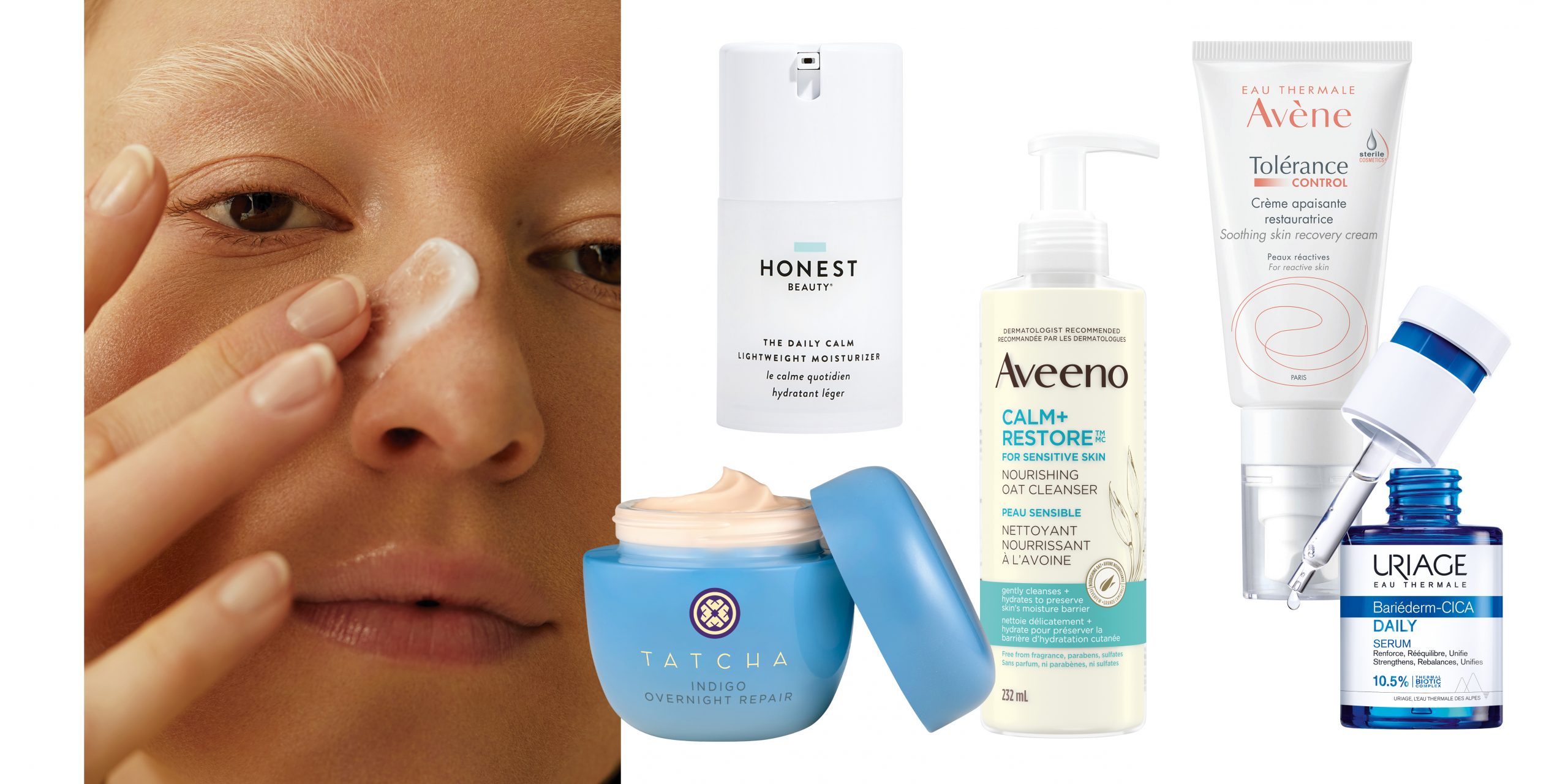
COCETTE (WANT MANAGEMENT)
If you’re feeling uncomfortable in your skin, you’re far from alone. A 2019 review of global survey data revealed that 60 to 70 percent of women and 50 to 60 percent of men describe their skin as “sensitive.” But each person’s experience of this condition can be as unique as the features on their face. According to Dr. Renée Beach, a dermatologist and the founder of DermAtelier on Avenue in Toronto, there isn’t one single definition; rather, there’s a spectrum of external and internal symptoms. “Sometimes it’s very clear and apparent,” she says. “You can see redness, swelling, flaking or, in a severe case, blistering of the skin. However, it becomes more challenging when people feel symptoms that are not visible, such as a tingling or burning sensation.” Whether a reaction is seen or felt, identifying the cause to avoid a repeat occurrence is a critical next step for skin health.
Meet your microbiome
Naturally occurring and unique to each person, the microbiome is an invisible ecosystem of good and bad bacteria that is essential to a healthy functioning epidermis. “When you have sensitive skin, you have an impaired skin barrier,” says Fabiola de la Mora, a Vancouver-based regional trainer for Eau Thermale Avène. “Imagine a brick wall with a few gaps in it—it’s more exposed. If you’re able to replenish the lipids and ceramides that build the intercellular cement, you’re going to have better protection and therefore less reactive skin.” Exposure to irritants before repair can exacerbate an unsightly or uncomfortable situation while further jeopardizing your skin’s microbiome. “The microbiome is composed of trillions of bacteria, and it’s mostly healthy bacteria that protect us,” says de la Mora. Skin conditions such as rosacea or atopic dermatitis (like eczema), which approximately 15 to 20 percent of Canadians suffer from, are often associated with an imbalanced microbiome. “It’s something dermatologists are learning more about, particularly with patients [who suffer from] atopic dermatitis, where a breach in the skin barrier acts as a trigger for a flare-up,” says Beach. But according to de la Mora, anyone’s microbiome can become compromised, and when healthy bacteria are destroyed, it affects the skin’s immune system and its ability to defend and protect itself.
On the case
Locating the source of a reaction requires taking several factors into consideration. “The causes can be threefold: The product itself, situational factors and personal factors can all contribute to irritation,” says Beach. Beyond using a skincare formula that doesn’t agree with you, using it in the wrong environment could also cause irritation. “It could be a perfume you’ve used in the past with no issue, but today you’re sweating a lot or wearing a non-breathable fabric and that becomes a mediator,” she explains. “Using too much of a product, using it too often, scratching your skin while it’s on or not washing it off well enough can also contribute.”
Clean slate
To help people identify sensitivity triggers, de la Mora always starts by investigating hygiene choices. “What are you using to cleanse your face, or what are you using in the shower?” she asks. “Anything that contains soap will destroy your skin’s hydrolipidic film. It takes the body about eight hours to rebuild that, and it’s needed to protect skin.”
In fact, the impact of cleansing products has long been an area of dermatological interest. “In 2015, a group of microbiologists conducted a study in which two volunteers were asked to not shower, cleanse or apply any skincare for three days,” says Sherna Bharucha, a Toronto-based medical specialist at Uriage Canada. “After taking more than 400 samples from the participants’ skin, the microbiologists discovered that the most common ingredient found was leftover detergent.”
Harsh detergents, natural fragrance, plant-based botanicals and formaldehyde preservatives are just a few things to look out for. “They can penetrate the skin barrier, disrupting the microbiome and thereby causing sensitivity, fragility and redness,” says Bharucha. If you’re experiencing symptoms, taking a break from your regular cleanser, body wash, shampoo or laundry detergent could offer relief.
Better safe than sorry
Learning which ingredients to say no to can also help reduce inflammation and discomfort for sensitive skin. All the experts take a stand against fragrance. Bharucha also suggests avoiding harsh detergents and acids, and de la Mora recommends staying away from aggressive cleansers or exfoliators that contain alcohol or soap. “If you’re severely sensitive, consider a switch to a no-rinse formula because harsh minerals in tap water can irritate skin,” she says.
Beach has also found popular botanicals, such as calendula and witch hazel, to be a common source of reactions. “There’s an undeniable demand from patients to have access to products that have natural ingredients, which is a term that has many different interpretations,” she says. “Sometimes I have to dial that back—my goal is to find what I know to be good for your skin from a medical standpoint.” If you’re not sure how your skin will react to a new product, do a patch test on an inner arm before going all in.
Stress test
Stress—which many people have experienced more than usual over the past year and a half—might also be a factor. “Stress is so harmful to our cells and organs, and skin is our most important and largest organ,” says de la Mora. Throughout the pandemic, she has noted an uptick in complaints about uncomfortable skin. “I’ve been approached by a lot of people who say their skin has changed and that it’s now prone to pain, redness, burning and tingling,” she says. Bharucha has made similar observations. “The pandemic has exposed our skin to conditions we’ve never seen before,” she says. “Combined with mask-wearing, it has created the ideal conditions for traditionally normal skin types to be disrupted, causing an increase in ‘maskne’ [a breakout that results from wearing a mask] and sensitivity.” Beach also points out biological basics. “Under less-than-ideal circumstances, any- one can develop irritation or sensitivity,” she says. “The reality is that your skin changes. It also changes seasonally and throughout the aging process. It can be hard to accept that.”
Routine check
To treat sensitive skin, try a less-is-more approach. “Using products that have fewer ingredients overall is ideal because then you really know what the potent players are,” says Beach. “For cleansers, look for one with 10 to 20 ingredients. For moisturizers, I’d whittle it down to 12 or less. When the list includes 30 or 40, it gets dizzying with regard to potential irritants and cross-reactants.” The top ingredients she recommends for enhancing the skin barrier and moisture levels include the humectant glycerine, sodium hyaluronate (a small molecule derived from hyaluronic acid), shea butter and ceramides. “They help to calm skin by effectively acting as softeners while smoothing [it] and trapping moisture in.”
Product progress
Within the recent expansion of lines dedicated to the needs of delicate and sensitive skin, biotic ingredients—which support a healthy microbiome—lead the charge of innovation. The new Uriage Bariéderm-Cica Daily range combines inulin, a prebiotic extracted from chicory root and agave, with Centella asiatica, a trusted reparative plant also known as “cica.” “Centella asiatica, or tiger grass, is rich in antioxidants, and it’s blended with thermal water, hyaluronic acid and vitamin B5 to help reinforce the skin’s barrier on physical, inflammatory and microbiological levels,” says Bharucha. Meanwhile, D-Sensinose, the star of Eau Thermale Avène’s new Tolérance Control range, is a postbiotic derived from the microbiota of the brand’s soothing thermal water. “It has the ability to block the brain’s transmission of pain and inflammation signals and helps provide relief in 30 seconds,” says de la Mora. “It provides an instant calming effect for the tingling and burning of hyper-reactive skin, whether you were born with it or have developed it over the past 18 months.”
At ease
With a road map of how to navigate your sensitive skin, there’s one final component needed to create the ultimate care strategy: patience. A reaction can happen in an instant, but skin needs time to repair. Be prepared to support it through the process and you’ll ease your skin into a happier place.
Products we love
Newsletter
Join our mailing list for the latest and biggest in fashion trends, beauty, culture and celebrity.
Read Next

Decor
10 Amazon Decor Finds That Belong in a Designer’s Home
Yes, Amazon.
by : Maca Atencio- Apr 29th, 2024

Fashion
Pregnant Bellies Are Moving Into the Spotlight
Viva la MILF!
by : Jillian Vieira- Apr 29th, 2024

Beauty
Summer Prep: How to Feel Confident in Your Swimsuit
New Size-Inclusive Swimwear: Gillette Venus partners with The Saltwater Collective to Launch a Collection for Any Body
by : ELLE Canada- Apr 24th, 2024


